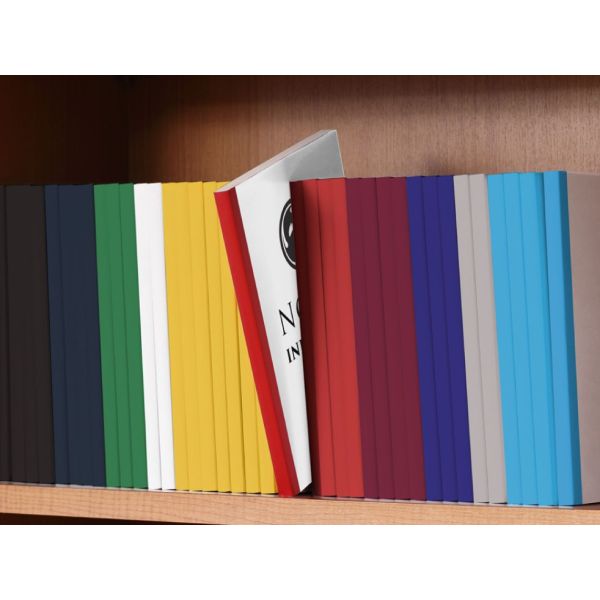July 26, 2021 21 view(s)
Have you ever been curious about lamination and wondered how it could help you? If so, continue reading to find out what you need to know about Lamination:
What items can be laminated?
2. Why should you laminate?
The main reason to laminate is to protect and preserve what's significant. Fragile objects like papers and photographs can easily be damaged by too much handling, spills, rips, and exposure to the elements. For example, a menu can benefit from lamination because many diners will handle it over its lifetime. If you don't laminate the menu, you'll have to replace it pretty quickly because it will be torn and stained. Also, lamination can be used to enhance certain items, especially photographs. The film will really make the item's colors stand out, so your documents will look fantastic.3. What's the difference between hot (thermal) and cold (pressure sensitive) lamination?
Here's how they differ:- Hot (thermal): Throughout the process, the film's adhesive will melt, more or less encapsulating your document in a sheath of plastic. Also, the adhesive will penetrate the pores of your item, bonding the document and plastic permanently together. Almost all laminators have hot settings, but heat isn't good for thermally sensitive items. Which leads us to…
- Cold (pressure sensitive): Cold lamination uses pressure to secure your item in the plastic. The adhesive is already sticky and doesn't need to be heated up. This type of lamination is good for documents that could be damaged by heat. It can also be used for laminating mounting boards.
4. Should you get a pouch or a roll laminator?
There are some major differences between the two main types of laminators:- Pouch laminators: These machines are suitable for home and small-run businesses. This is because the machines can only laminate one item at a time, and you must feed them into the machine individually. Pouch laminators are easy to use and affordable. Plus they're excellent for smaller documents like I.D. badges and things printed on letter-sized paper.
- Roll laminators: You'll need a roll laminator if you need to laminate anything wider than 13 inches. Same thing goes if you need to laminate many documents quickly. Roll lamination is a cheaper preservation method simply because of the volume of documents you can preserve. You can also choose from a greater selection of films.




